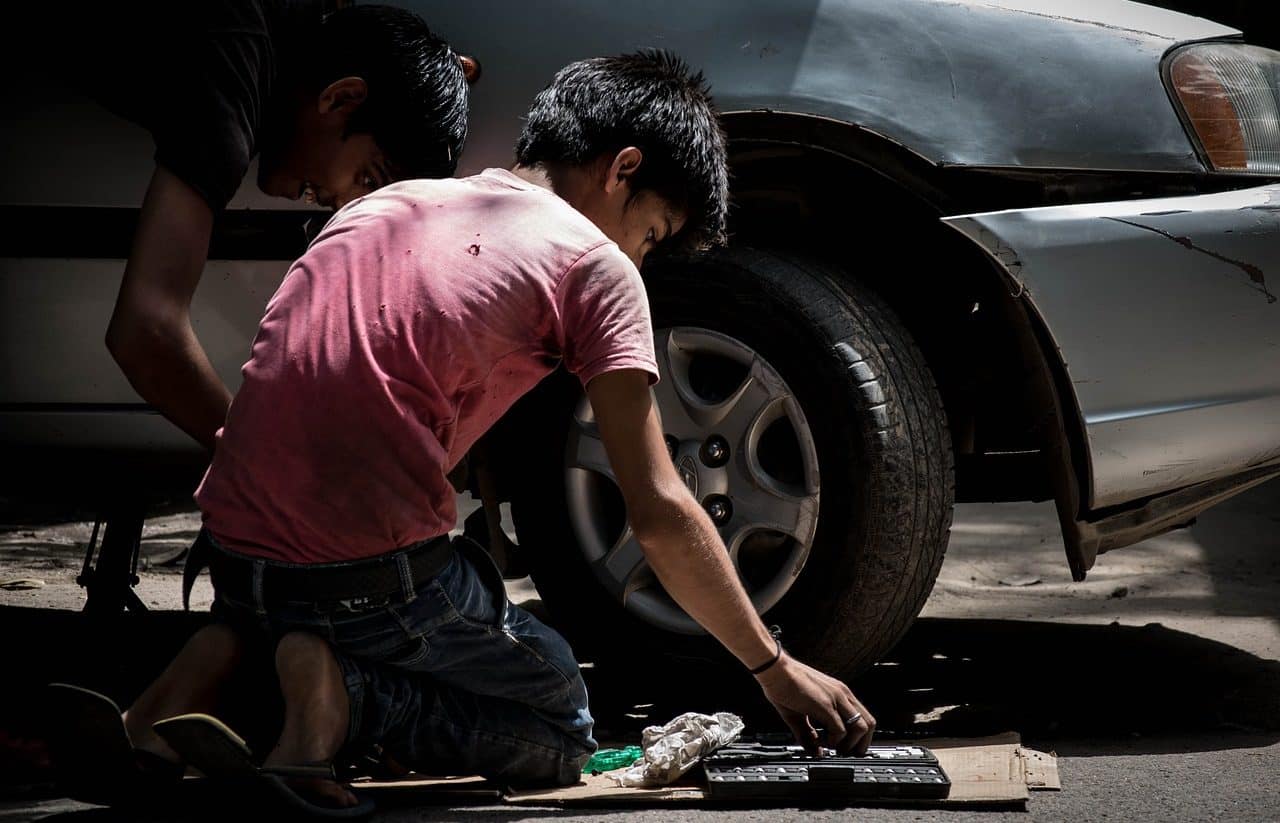
The conception of child labor changed throughout history.
Child labor is a concept used to refer to the fact that children carry out certain activities for profit . Child labor is usually associated with exploitation since it prevents minors from enjoying their rights and developing normally: the child who is put to work, therefore, suffers a violation of their rights.
Although the concept of work has several meanings, the term is usually used with reference to the activity that is carried out in exchange for remuneration . Childhood , for its part, is that linked to childhood (the stage of life that goes from birth to puberty).
Child labor throughout history
For a long time, child labor was not considered something negative. That the youngest members of the family helped the adults in the family economy was taken as a normal part of their development. That is why many parents put their children to work in the fields or in shops, for example.
Over the years, however, it was understood that, in order for children to develop emotionally and personally, it is essential that they attend school and enjoy their free time playing or doing recreational activities. Child labor, in fact, was prohibited by law .

Child labor violates the rights of children .
The Declaration of the Rights of the Child
The Declaration of the Rights of the Child , for its part, includes the right to protection against "any form of exploitation." This document provides a broad legal framework for the prosecution of child labor in all its aspects.
In this way, today it is accepted that a child who works has his rights violated . Their healthy development, on the other hand, is at risk. That is why many governments and organizations seek to eradicate child labor.
More serious forms of child labor
Although any form of child labor is negative and should be prohibited, given the points set out in the previous paragraphs, there are certain activities that are especially harmful to the proper development of a minor. Therefore, for organizations that advocate for the protection of the little ones, these are the ones they want to eliminate first:
- Any form of slavery , whether direct or indirect. This group includes servitude to pay off parental debts (something as regrettable as it is normal in many cultures), child trafficking and recruitment by force or by imposition to participate in armed confrontations (this adds to the traumas inherent to exploitation the obligation to face death, when they have not even fully understood what life is). It is important to understand and remember that these situations do not always occur with the consent of the parents, but many times children are kidnapped due to lack of attention, for example, in the middle of a vacation trip.
- The offer, recruitment or use of children for the practice of prostitution , either in private meetings or for their performance in pornographic works. Although this may seem inconceivable to healthy people, child prostitution is one of the most profitable businesses, in part due to the high fees that its clandestine status gives rise to. People from all walks of life consume this type of content and make use of twisted services, ruining the lives of thousands of children at every step;
- Child labor also includes the participation of children in activities that are outside the law , and in this case the trafficking and production of narcotic substances stands out.
- Any occupation that may threaten their physical health, or that puts them at risk of accidents. One of the most common cases is the sale of products to drivers on public roads.
